Talent or training? How a gifted young rider becomes a champion
How does a gifted young rider become a champion? Is it more about talent or training? CW asks scientists, coaches, and a teenage sensation - Words by Jamie Ewbank
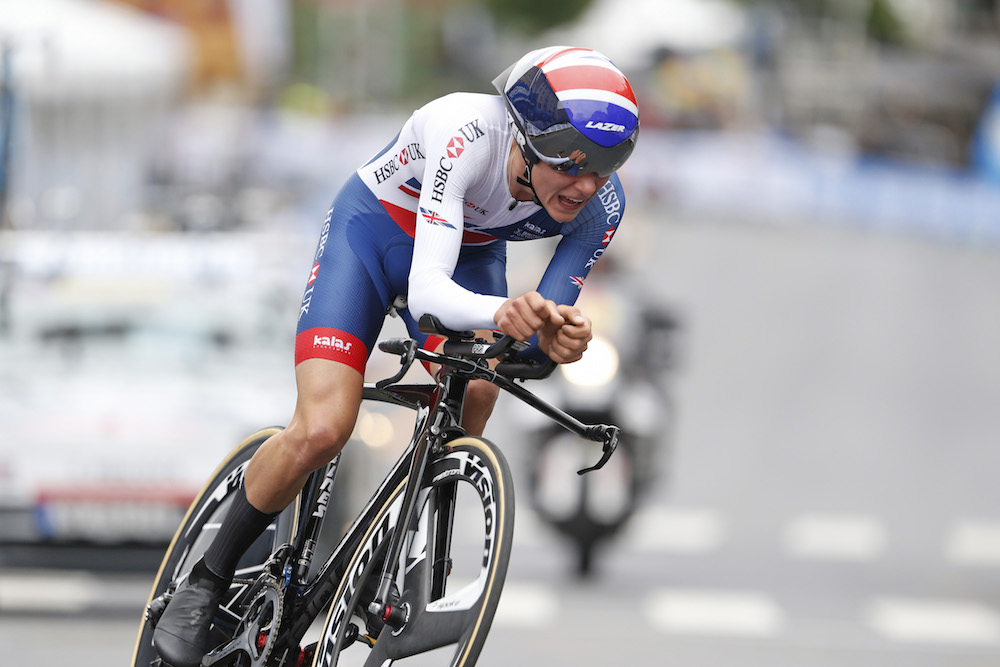
Tom Pidcock in the junior men's time trial at the 2017 World Championships (Sunada)
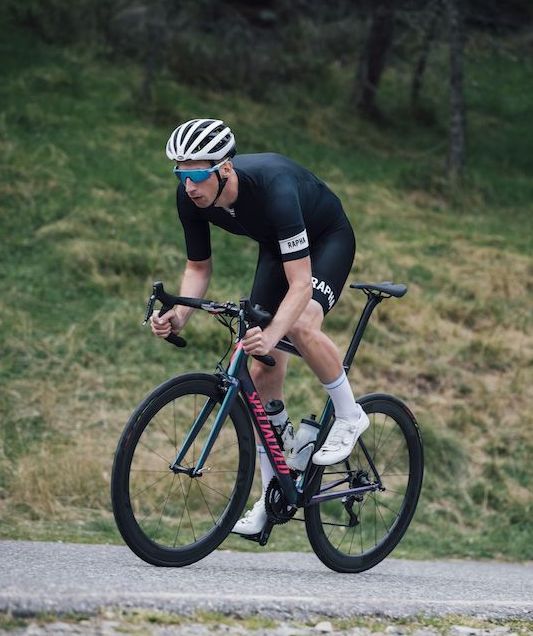
Most riders dream of winning a national or World Championship title. A few dedicate their lives to it. Fewer still achieve it. Among this successful minority, the thing they have in common is talent, in spades — talent that, for most of them, shone through at an early age.
>>> Mining for talent: How the Junior Tour of Wales uncovers the next generation of stars
But talent alone isn’t enough: nature and nurture must come together to build an exceptional set of skills. What exactly does that take? How is raw potential turned into solid gold?
Who better to ask than Tom Pidcock? When aged just 18, he had won six major titles in the past year alone: the national, European and world junior cyclocross titles, the scratch race at the National Junior Track Championships, the National Criterium Championships and, of course, a stunning ride in Norway to win the World Championship junior time trial title.
Pidcock has transitioned from youth to adult racing as though he barely noticed the step up. Did he ever regard cycling as mere play?
“I took it seriously right from the start,” admits the young champion, “because I always wanted to be successful. Even when I was an under-14, I was training. Mum and Dad would check that I wasn’t taking it too seriously, because there’s a lot of time to take it seriously later on.”
Pidcock insists that, despite being very determined to get results, he always wanted to have fun too.
Get The Leadout Newsletter
The latest race content, interviews, features, reviews and expert buying guides, direct to your inbox!
“I rode to school every day from the start, went to the jumps and the BMX park, just wanting to ride my bike and have fun — nothing to do with training I’d been given, it’s just what I wanted to do.”
The right attitude is the first building block, but there is much debate over what comes next. Does innate talent trump dedicated training?
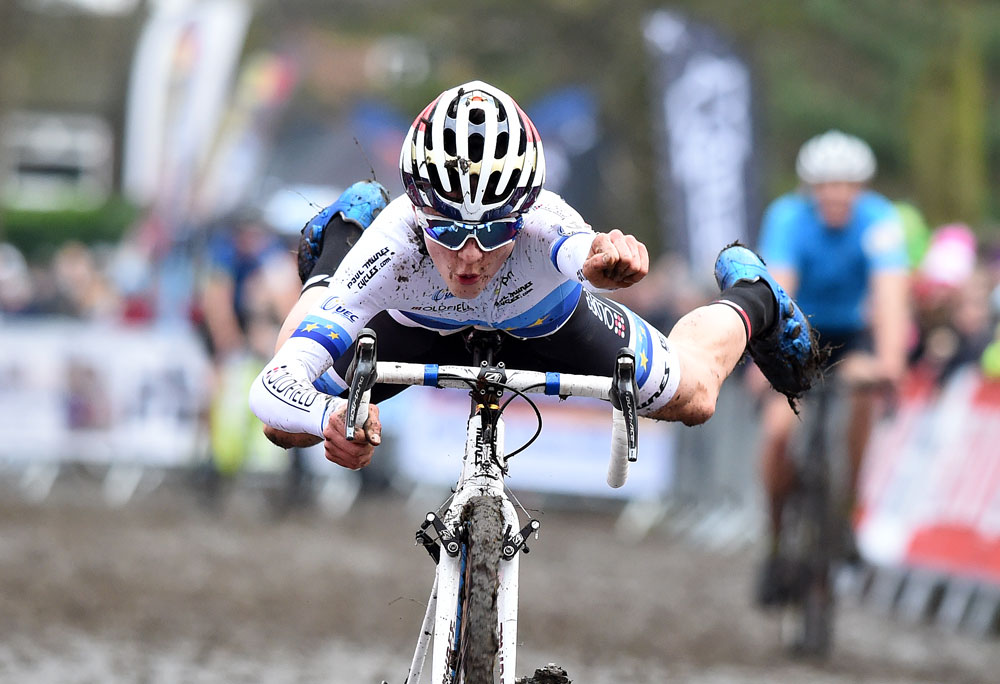
Are our physiological limits as an adult set in stone by our DNA, or can they be stretched and redefined as we mature? Dr Laura Dugas of Loyola University Chicago founded a study group to research specialisation in adolescent athletes. Her team has made some interesting findings.
“We are all limited by our genetics, which can be considered a hard ceiling,” says Dugas.
“No amount of training or hard work can overcome your genotype, which can be interpreted as raw talent resulting from your genes. This dictates your sporting phenotype: how well you actually perform. Training is fundamental to developing as an athlete, but it is not the only predictor of whether you will actually perform.”
This understanding was brilliantly popularised by David Epstein in his book The Sports Gene, which investigated whether the ‘10,000-hour rule’ — the notion that it takes 10,000 hours of practice to reach expert level — actually stacked up. Epstein eviscerates the foundations of the rule, explaining that, if you don’t have the genotype or raw talent, you won’t become an expert, regardless of how much you practise.
Watch: Top training myths
Dugas is quick to stress two important caveats, however. Just because some people have a higher genetic potential than others doesn’t mean that everyone who beats you is beating you on that advantage.
Most of us are somewhere towards the middle on the scale of ‘natural talentedness’.
The guy who took your KoM probably isn’t Superman; you can probably snatch it back by making some sensible improvements to your training.
Secondly, having talent isn’t enough — it doesn’t lead to success unless it is complemented with effective training. Talent can go unrealised for a wide variety of reasons.
Keep it varied
“Inappropriate training as a developing rider can lead to burn-out, which may impact upon outcomes later, as an adult athlete,” says Dugas.
“Our research group has published on this subject extensively. Young athletes who specialise too early are at a considerably higher risk of sports-related injuries, particularly overuse injuries which take much longer to heal.”
Not only excessive training but also over-specialisation can cause problems, warns Dugas. She believes that young athletes should be encouraged to pursue a wide variety of sports rather than specialising.
A young cyclist who also enjoys tennis, rowing or gymnastics will develop an array of useful skills, such as hand-eye coordination, improved endurance and balance.
According to Dugas, early specialisation is crucial only in sports that rely heavily on technique and hand-eye coordination, such as golf and tennis. In an endurance sport like cycling, a youngster may pay a heavy price for narrowing their focus too early.
“I am also wary of too many hours [of training],” adds Dugas. “Our data was clear that, for kids, as soon the number of hours per week of training exceeded their age, the risk of overuse injury jumped significantly.
"We propose that a young athlete’s weekly training hours should always be fewer than their years of age; and that the number of hours adolescents spend training and competing in their primary sport should be less than twice their free play hours.”
Hitting the sweet spot
Hitting the sweet spot between doing enough to develop an athlete’s talent and overtraining is a complex job best handled by a qualified coach. Even then, the rider’s attitude and enthusiasm may throw in some stumbling blocks.
“I first began using a training diary when I joined the Olympic Development Apprentices,” says Pidcock. “I started recording my training in Excel and my coach monitored it. That’s when it became structured, in my second year as an under-16.”
This monitoring added control, specificity and, whenever necessary, a degree of caution.
“There were specific things in the plan intended to make me better that I wouldn’t necessarily have chosen to do, like more time on the rollers or turbo, controlled training, and less time on the jumps.”
Pidcock pauses before wryly confessing: “Well, I say that, but on rest days I went to the dirt jumps anyway.”
Occasional extra-curricular jump practice notwithstanding, Pidcock’s dedicated training load remains around 16 hours per week — neatly complying with Dr Dugas’s fewer-hours-than-your-age maxim. Pidcock reveals that, at junior level, there was little emphasis on objective data; intensity is based on feel.
“We don’t use power at junior academy, efforts are just efforts — you go hard [by feel] or you don’t go hard.”
Michael Guilford is a British Cycling accredited coach who specialises in developing young riders.
“You need to be careful with expectations of physical improvement in young riders,” he says.
“Development in power is likely to come mostly from natural physical growth, so setting goals like ‘improve 10-minute power from 200W to 300W’ may be unhelpful for a younger rider.
"It might be more appropriate to focus on a different area such as cadence.”
According to Guilford, building good habits is more important than hitting numbers, since the numbers will change anyway as the rider grows.
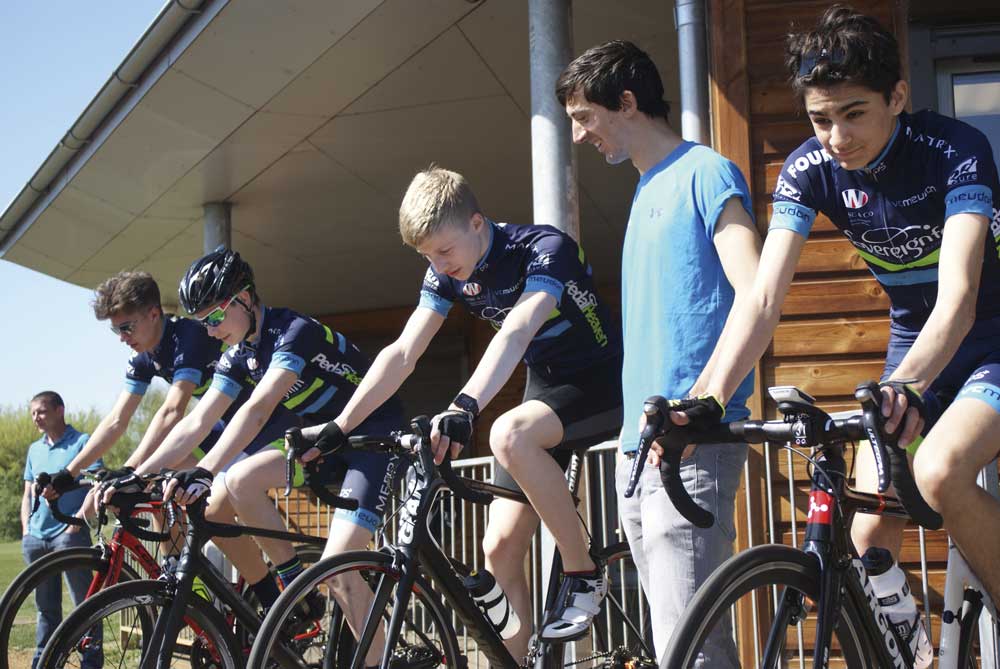
“Habits die hard, and the best habit for a top-level cyclist is training to be a better bike rider. Young riders are more adaptable, in particular their brains are more ‘plastic’ so they can learn techniques quicker and form a stronger drive to train. This is their real ‘headroom’ to make training adaptations.”
Guilford was drafted in by Surrey club VC Meudon to create a youth development plan after they noticed a high turnover of younger riders.
“Riders would move from team to team for material offers, such as a frameset on loan or a set of team kit.
The image I had in my mind was a tight-knit group of youngsters who belong to an aspirational cycling club.”
The solution was to create a pathway that developing riders could follow, all within one familiar, step-by-step set-up.
“What I wanted was a road racing specific training programme with a clear exit route. That way the devo [development squad] club and VC Meudon race team all tie together and create a place which young riders want to belong.”
In Guilford’s view, the traditional club run no longer serves young riders as well as it used to.
The cycling boom of recent years has changed the ratio of inexperienced to seasoned riders, meaning fewer mentors to go around, and diluting the number of learning opportunities for developing riders.
With the VC Meudon development team, Guilford’s approach is to harness the leadership skills of experienced riders to play a support role alongside conventional coaching.
“As a teenager, Chris Froome went cycling with much older cyclists, completing rides that must have pushed him to an uncomfortable level. I think this has played a big part in his dominance now. Successful athletes focus on progress in specific areas that will yield the performance they want, regardless of how uncomfortable it is.”
Release the pressure
Linking up with a good coach is one thing, then, but finding the right group of training mates matters just as much — perhaps more.
“Finding opportunities to learn skills and techniques requires more outside input and organisation,” says Guilford.
“If you hire a coach, they can easily tell you what training session to do to get fitter, but it’s more difficult to prescribe someone a session that teaches them how to sprint from a group of 120 riders.”
Getting a developing rider to sometimes push beyond their comfort zone is important but also risky, requiring careful control.
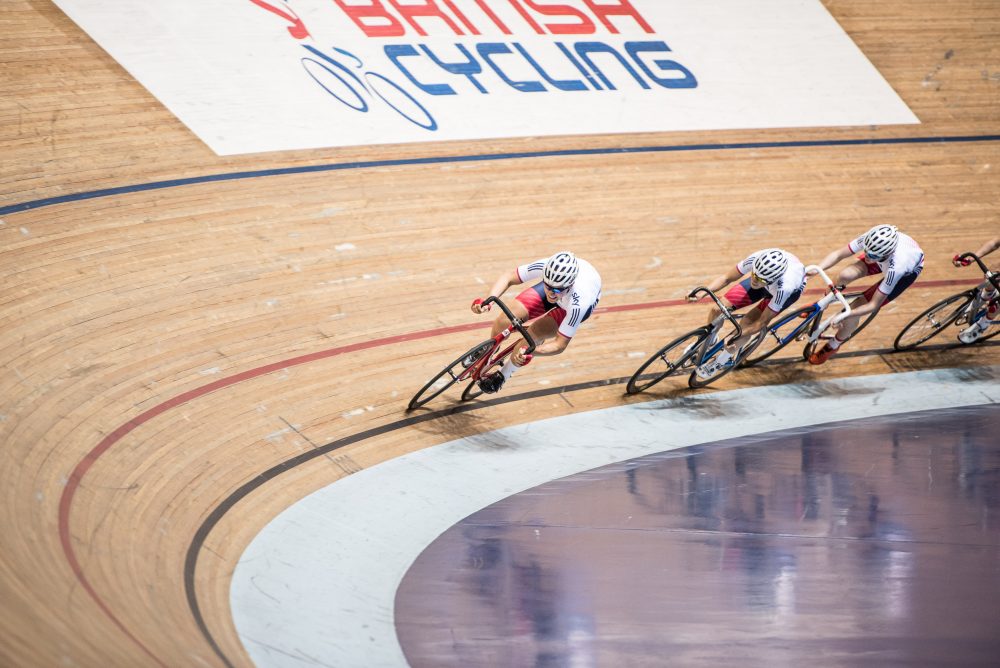
This raises the spectre of the overly pushy coach or parent. In a business where reputations are made by results, ambitious coaches can do more harm than good. This doesn’t apply to Pidcock, who assures me that his coaches have always done their best to protect him from his own tendency to overreach.
“I’ve never been pushed too hard by anybody else, but I think I’ve pushed myself too hard. The winter before the 2017 Worlds, over Christmas, I did a lot of miles and ended up having to take five days off training, after I blew up. I’d done too much.”
Pidcock has not only had to keep his own determination in check; he had to squeeze in schoolwork while developing the skill and versatility to switch between three different disciplines.
“I got through school and learnt things that will help me in life, although I didn’t necessarily care about the grade on the piece of paper at the end. What has been difficult is going from ‘cross to track. They’re completely different.”
This, he explains, is why he has decided to focus on just the two disciplines, road and cyclocross.
Age-appropriate training
“In winter I’d finish racing, come home, and then go straight out for training again on the track. It’s difficult on the track when you’re riding full-gas with no breaks. In road and ‘cross, you get little breaks; it is difficult without them.”
Victor Thompson (sportspsychologist.com) is a sports psychologist who specialises in working with children and young athletes.
He warns against making assumptions about younger riders, who are finding out everything for the first time. No matter how talented, they are confronted with new challenges that can be extremely daunting.
“De-emphasise the rider’s lack of knowledge or unfamiliarity with the task at hand, otherwise their fear will rise,” says Thompson.
“Instead, emphasise what they do know, and keep things simple. They know how to ride their bike, have an idea of pacing, effort levels and how they feel.”
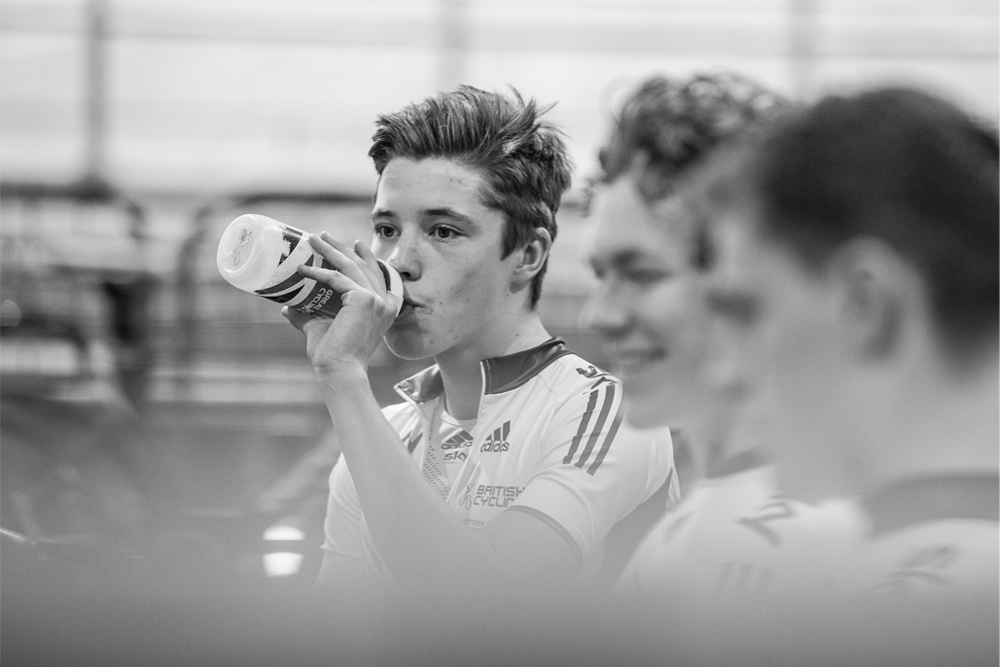
Aim to give advice that reassures rather than complicates.
“Tell them what the course will be like; that their only obligation is to do their best and learn and take away
some positives. Preparation should be geared towards precluding stresses that could arise on race day or even on the start line.”
Of course, there are additional psychological challenges when it comes to training adolescent riders.
Irritability, lethargy and apathy can be symptoms of simply being a teenager rather than of overtraining.
Good communication and collaborative goal-setting are especially important, explains Thompson.
“Ask the rider if they are enjoying racing, liking the challenge, and want to continue or change what they are doing. Some young riders take a ‘if some is good, more is better’ view of training — they have yet to learn this is faulty logic.”
Thompson has another concern, related to distractions off the bike.
“With social media, the temptation to compare oneself to others is ever-present. Young riders can get lured
into overtraining by reading about the big miles their heroes are doing.”
Which brings us back to Tom Pidcock, and his admiration for Peter Sagan: “Well, he’s pretty good, isn’t he?” he
says in a knowing, slightly cheeky tone.
“But he has fun while he does it, and that’s what I do too. I don’t want to be boring and a goody two-shoes; I like to race a bike, have fun and win.”
This article was originally published in December 2017

Thank you for reading 20 articles this month* Join now for unlimited access
Enjoy your first month for just £1 / $1 / €1
*Read 5 free articles per month without a subscription

Join now for unlimited access
Try first month for just £1 / $1 / €1
Follow on Twitter: @richwindy
Richard is digital editor of Cycling Weekly. Joining the team in 2013, Richard became editor of the website in 2014 and coordinates site content and strategy, leading the news team in coverage of the world's biggest races and working with the tech editor to deliver comprehensive buying guides, reviews, and the latest product news.
An occasional racer, Richard spends most of his time preparing for long-distance touring rides these days, or getting out to the Surrey Hills on the weekend on his Specialized Tarmac SL6 (with an obligatory pub stop of course).
-
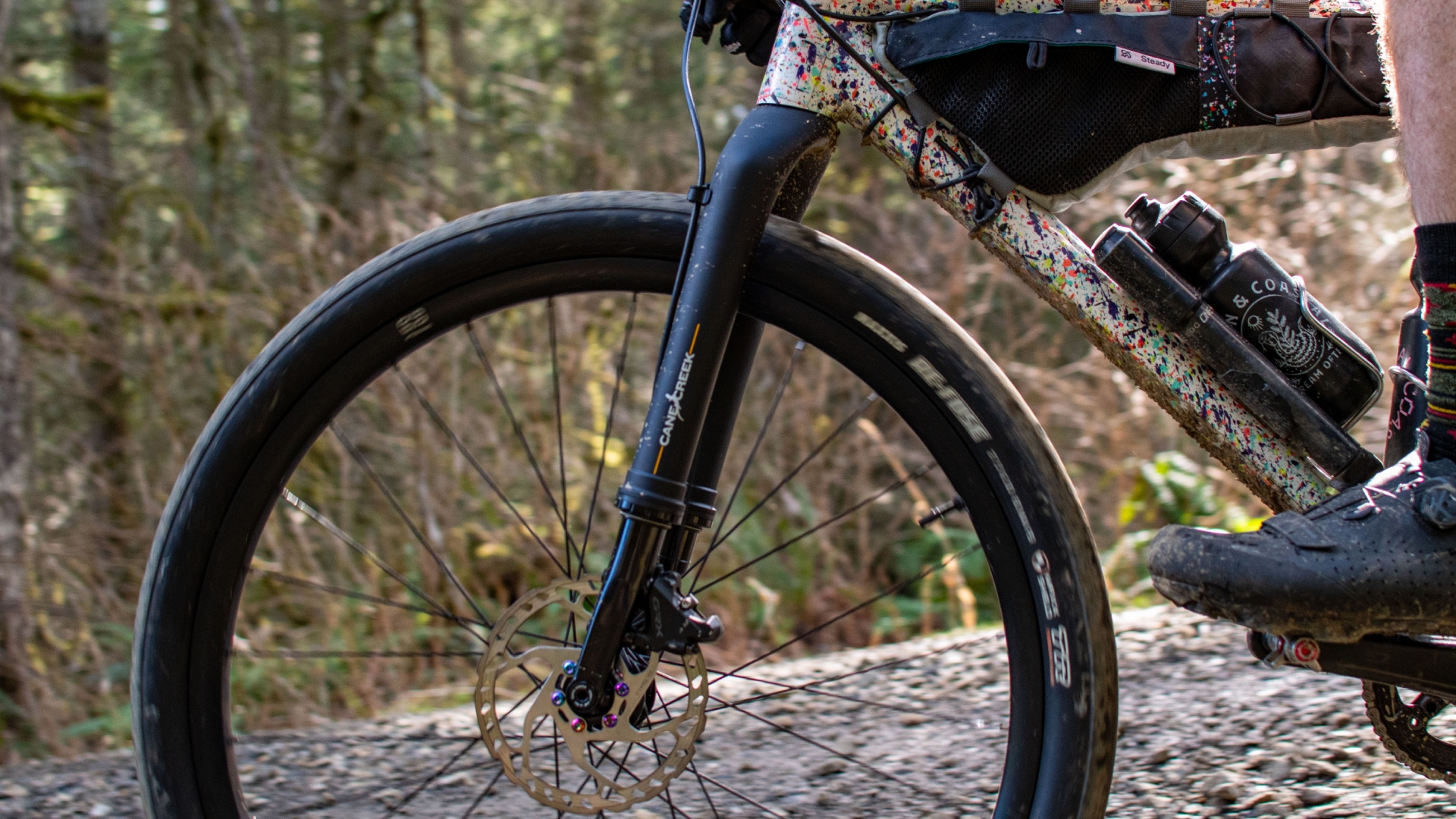 Review: Cane Creek says it made the world’s first gravel fork — but what is a gravel fork, and how does it ride?
Review: Cane Creek says it made the world’s first gravel fork — but what is a gravel fork, and how does it ride?Cane Creek claims its new fork covers the gravel category better than the mini MTB forks from RockShox and Fox, but at this price, we expected more.
By Charlie Kohlmeier
-
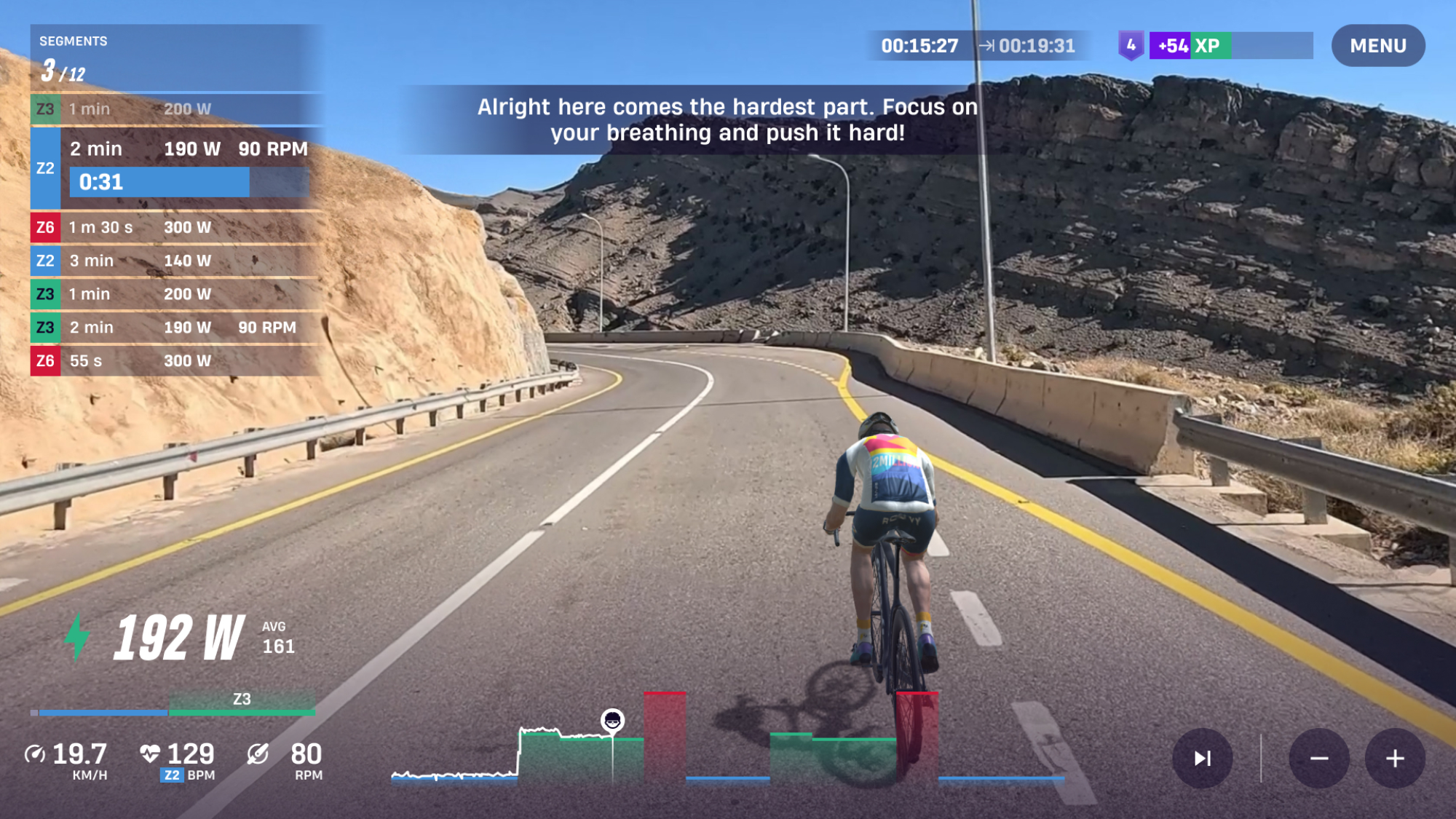 ROUVY's augmented reality Route Creator platform is now available to everyone
ROUVY's augmented reality Route Creator platform is now available to everyoneRoute Creator allows you to map out your home roads using a camera, and then ride them from your living room
By Joe Baker